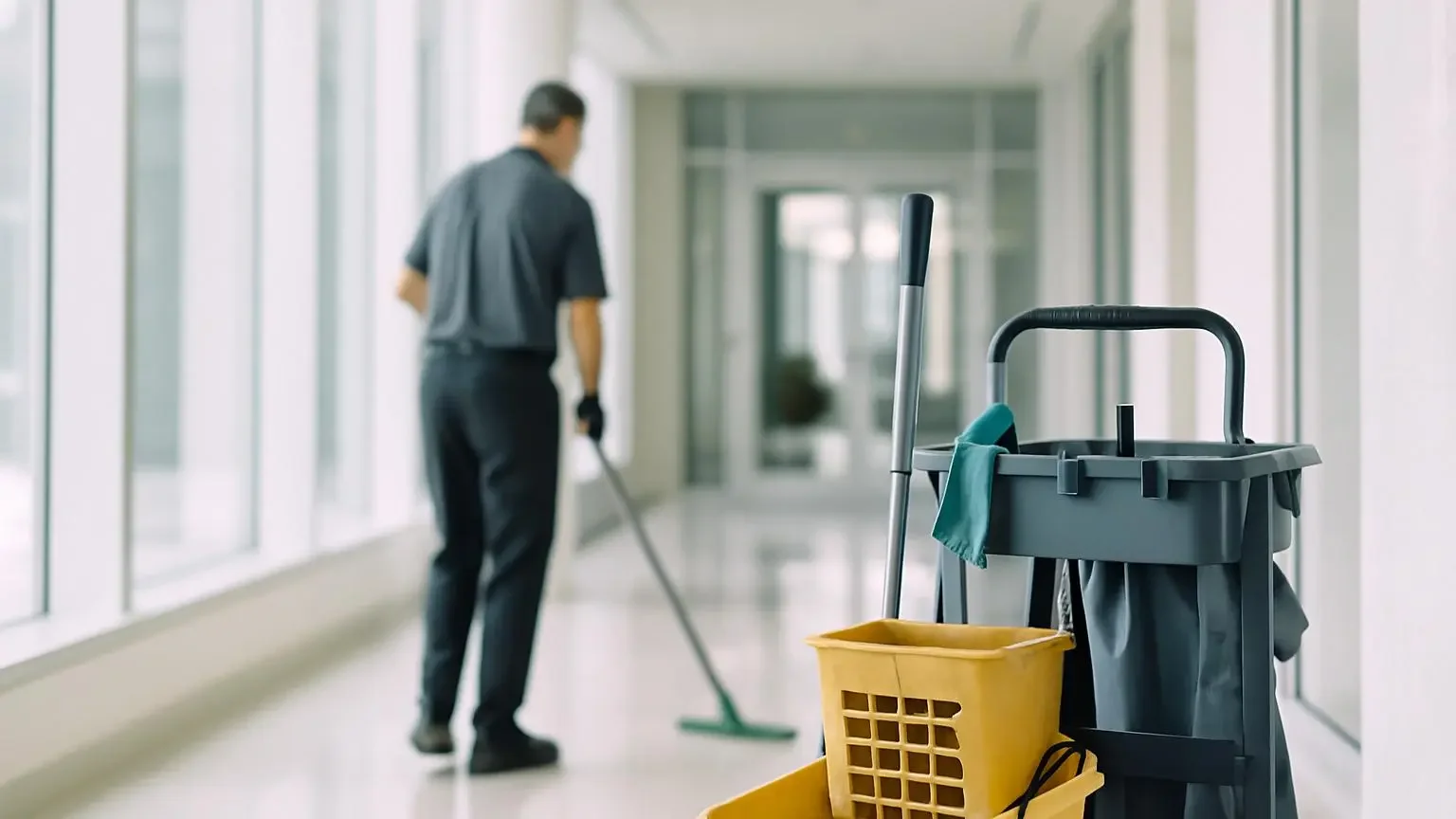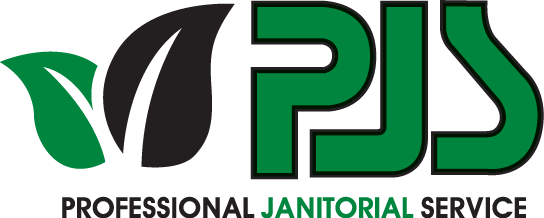13 Pro Tips for Professional Cleaning Houston Managers

Professional cleaning Houston facilities is never as straightforward as it sounds—especially for property managers navigating offices, schools, airports, or medical buildings.
You need cleaning strategies that meet strict health and safety standards and are built for Houston’s unique climate and facility challenges.
Here, we share practical tips and proven tactics tailored for your sector, so your operations run safer, cleaner, and more efficiently—no matter what the day brings.
1. Adopt a Health-First Cleaning Philosophy
Making cleanliness visible is easy. Achieving true health, safety, and occupant confidence is where professional cleaning creates lasting impact in Houston. Facility leaders like you want cleaning that stops germs, supports productivity, and keeps people safe—all day, every day.
- Focus on cleaning for health, not just looks. Choose EPA-approved, hospital-grade disinfectants shown to kill germs on Houston’s high-touch surfaces—lobby doors, elevators, medical suites, staff breakrooms.
- Build protocols designed to stop cross-contamination. Map out risk zones, then reinforce disinfection frequency based on real, data-driven threat levels. Prioritize surface disinfection after outbreaks or surges.
- Improve air quality and well-being. Use products and methods that meet or surpass CDC and OSHA standards for schools, office towers, healthcare practices, and multi-tenant spaces.
- Adjust cleaning schedules strategically, driven by seasonal demands and traffic shifts. For instance, ramp up restroom and shared space sanitization during flu seasons or event surges in public facilities.
Clean for health first—when you do, appearances and compliance will follow.
Health-driven cleaning isn’t just about passing inspections. It’s about building trust, making spaces productive, and protecting every person who walks into your facility.
2. Implement Sustainable and Green Cleaning Programs
Facility managers in Houston are demanding cleaning programs that deliver safety without sacrificing sustainability. We’ve seen the bar rise for both environmental impact and staff well-being across offices, schools, and industrial sites.
Start by going green the right way:
- Use certified non-toxic, biodegradable products. This reduces chemical exposure for your staff and occupants while aligning your facility with rising LEED standards.
- Deploy HEPA-filter vacuums and microfiber systems. They capture more fine particles, cut down chemical use, and are ideal for medical environments, schools, and any site where occupant health is critical.
- Adopt color-coded cloths and tools. This prevents chemical misuse and cross-contamination, especially in facilities with a blend of high-touch and sensitive areas.
- Communicate openly about products, processes, and schedules. It builds occupant trust and reinforces your brand as an environmental leader.
At PJS of Houston, we train teams in sustainable methods. We select eco-friendly products, engage tenants, and keep transparency central at every step. That means safer sites, happier occupants, and reduced environmental risk.
3. Leverage Customized Cleaning Checklists and Job Cards
Consistency and accountability are not luxuries—they’re necessities in every professional cleaning program. You need clear roles, measured outcomes, and the ability to spot gaps before they affect safety and service.
Here’s how the best Houston facilities do it:
- Create customized checklists for each building and zone. Checklists for a medical clinic look different than those for a tower. Tailor them for the space, service, and regulatory requirements.
- Use real-time job cards to track progress and document completed work. These aren’t just paper—they’re proof.
- Audit results through digital or physical inspections. This lets you spot trends, close gaps, and guarantee standards are met every time.
Our PJS workflow thrives on site-specific lists and well-documented processes. In a high-rise, for example, this ensures every elevator lobby, restroom, and common area meets expectations—floor after floor.
4. Train Crews on Houston’s Unique Facility Risks and Needs
Houston facility managers face rare climate-driven hurdles—humidity spikes, sudden storms, and seasons of pollen that challenge even the most robust protocols. Generic training just doesn’t cut it.
Get your team equipped for the real world in Houston:
- Roll out monthly trainings focused on PPE, chemical safety, and local hazards. Leaders with OSHA credentials bring local know-how and urgency.
- Anticipate Houston-specific threats: mold blooms, storm-driven leaks, pollen waves. Train for rapid remediation as a must-have skill.
- Cross-train cleaning techs for vertical facilities, complex floorplans, and mixed-use environments.
At PJS of Houston, continuous learning is our core. Our teams adapt fast, stay safe, and deliver consistent results—even when weather and facility needs change overnight.
5. Master Floor Care and Asset Preservation
Flooring is your first line of defense—and often, your first impression. Houston’s climate and foot traffic wear down surfaces fast, especially in entranceways, clinics, warehouses, and high-rise lobbies. Regular, expert floor care protects assets, cuts costs, and keeps facilities looking professional.
A winning floor program includes:
- Regular deep cleans: carpet extraction, VCT strip/wax cycles, grout restoration. This extends life and prevents long-term damage.
- Smart preventative checks. Target high-traffic areas. Address water issues or surface damage before minor annoyances escalate into costly repairs.
- Industry-grade equipment and chemicals, matched to every surface—no cookie-cutter methods.
You want production rates and schedules based on recognized industry benchmarks, not guesswork. This ensures efficiency and results, from office towers to industrial floors.
6. Embrace Technology for Time-Tracking and Quality Assurance
Digital tools transform cleaning into a data-driven, accountable process—exactly what Houston’s largest, busiest facilities demand. Technology frees your team to focus where it matters, not waste time with paperwork or miscommunication.
Here’s how to make tech your teammate:
- Use digital time-tracking, not paper logs. Clocks in, clocks out, transparent and tamper-proof.
- Deploy real-time work order and reporting platforms. Instantly relay updates, escalate urgent requests, or document repairs.
- Establish digital quality audits. Stakeholders see results in dashboards or on their phones. Any gap is flagged, tracked, and fixed—without delay.
Smart tech streamlines large-team coordination in airports, towers, and education campuses. It keeps leadership in the loop and lights up any problem area, fast.
7. Standardize Team Cleaning and Role Specialization
Cleaning teams should run like clockwork. Assigning clear roles prevents overlap, boosts efficiency, and lets specialists shine where they excel—whether that’s restroom sanitation, floor care, or quick-turn tasks in dynamic environments.
The best team structure includes:
- Specialist roles (for example, vacuumer or utility tech) for every shift. This means duty gets done fast and right.
- Rotation and cross-training. Keeps staff engaged, covers absences, and builds resilience in your operations.
- Dynamic task assignments for campus, transit, or industrial sites—where team efficiency and flexible coverage are vital.
Teams that work by the clock and by the checklist deliver consistent results. At PJS, we see massive benefits from standardizing job roles and cross-training, especially for high-volume and multi-floor properties. It’s operational discipline made easy—and it means your facility is always “inspection ready.”
8. Focus on Infection Control in Sensitive Environments
Sensitive environments call for cleaning that does more than simply look clean. In places like healthcare, schools, and transportation hubs, infection control must be methodical and relentless. No shortcuts—just proactive, risk-based processes.
Start smart by:
- Training teams with CDC protocols, so they know exactly how to protect staff and vulnerable occupants.
- Prioritizing disinfecting for high-touch spots—waiting rooms, shared desks, restrooms—especially during outbreaks or heavy public use.
- Scheduling targeted cleaning during off-hours to minimize disruption and reduce cross-exposure risk.
Infection control starts with discipline—attention to detail protects your building’s reputation and everyone inside.
Our team brings strict standards and proven strategies to every infection-sensitive building. Immediate spill response, accurate documentation, and data-backed disinfection help keep health threats at bay.
9. Build a Strong, Happy Cleaning Team Culture
You can’t deliver world-class cleaning without a stable, confident crew. High turnover leads to problems—missed details, security risks, and lower service quality. The answer: treat staff with respect, support growth, and build loyalty.
What works:
- Professional development—skills training plus language classes open doors to advancement.
- Open channel for feedback, recognition, and real-time communication between managers and crews.
- Incentives, benefits, and clear pathways for promotion. When your people know they matter, everyone wins.
At PJS of Houston, our family-driven culture fuels our service and consistency. People stay, learn, and deliver because they feel they belong.
10. Establish No-Subcontracting Policies to Boost Security
Nothing shakes facility confidence like unpredictable personnel. Subcontracted teams can create security gaps and compliance headaches. Avoid the risk—control your workforce with a no-subcontracting policy.
How this protects you:
- W-2 staff only. You know who is on-site every shift, every time.
- Mandatory background checks and site-specific security training for each team member.
- Full documentation for sensitive environments—financial, medical, or multi-tenant.
Direct employment means trust, legal compliance, and a team that’s truly invested in your building’s outcomes.
11. Prepare for Emergencies and Provide 24/7 Response
Emergencies strike fast in Houston: floods, biohazards, or contamination don’t wait for business hours. If your cleaning partner isn’t ready to act, your facility—and reputation—are at risk.
Get prepared with:
- Rapid-response spill and contamination protocols, designed for healthcare-grade sanitization.
- Emergency communication and incident logs, so managers always know what’s happening and why.
- An on-call roster for round-the-clock coverage. Any hour, any emergency.
This readiness is non-negotiable for airports, high-rise towers, medical facilities, and campuses.
12. Enhance Facility Security with Tailored Protocols
Facility security demands more than locked doors. Cleaning crews need clarity and discipline—especially in multi-use or sensitive facilities. Sloppy protocols invite break-ins, breaches, or property damage.
Strengthen your approach:
- Use lock-in/lock-out and clear visual coding so only authorized staff access specific zones.
- Require teams to maintain detailed cleaning logs documenting every entry and exit.
- Provide specialized training for schools, churches, and offices with unique traffic patterns.
When every entry is logged, every zone is secure, you build trust with landlords and tenants.
Security-focused cleaning stops problems before they start. And facility managers sleep better at night.
13. Drive Continuous Improvement Through Audits and Feedback
To stay ahead in professional cleaning, never settle for “good enough.” Regular audits and feedback loops will keep your program sharp and resilient.
Action steps:
- Schedule routine quality checks, using both in-house auditors and client input.
- Track data to spot trends—staff performance, common issues, and service gaps.
- Act fast: implement fixes and praise improvements so teams feel ownership.
- Use digital dashboards to keep everyone—from managers to field staff—in the loop.
At PJS of Houston, we measure results relentlessly. Routine feedback, robust documentation, and ongoing review sets us apart and directly benefits our clients and their facilities.
Elevating Cleaning Results in the Houston Environment
Houston is different. Weather, density, and industry diversity shape every cleaning program. You need adaptability—whether optimizing production rates with square footage mapping, or tailoring SOPs for airports, industrial plants, or hybrid workplaces.
- Set staffing levels based on real traffic and risk, not assumptions.
- Leverage advanced tools, quality checks, and industry benchmarks to keep operations tight and efficient.
- Use prompt communication—CRMs, surveys, or post-job walkthroughs—to close the feedback loop.
Proactive management beats reactive fixes. And Houston’s biggest facilities demand nothing less.
Conclusion
Facility managers drive the health and safety of Houston’s largest, busiest buildings. When you use these 13 pro strategies—anchored in health-first practices, tech, team discipline, and local know-how—you raise the bar on what professional cleaning can do.
Ready to take control, build trust, and deliver results? Review your current cleaning process, engage your team, and set a new standard for professional cleaning in Houston. We’re here to help you lead with confidence.
